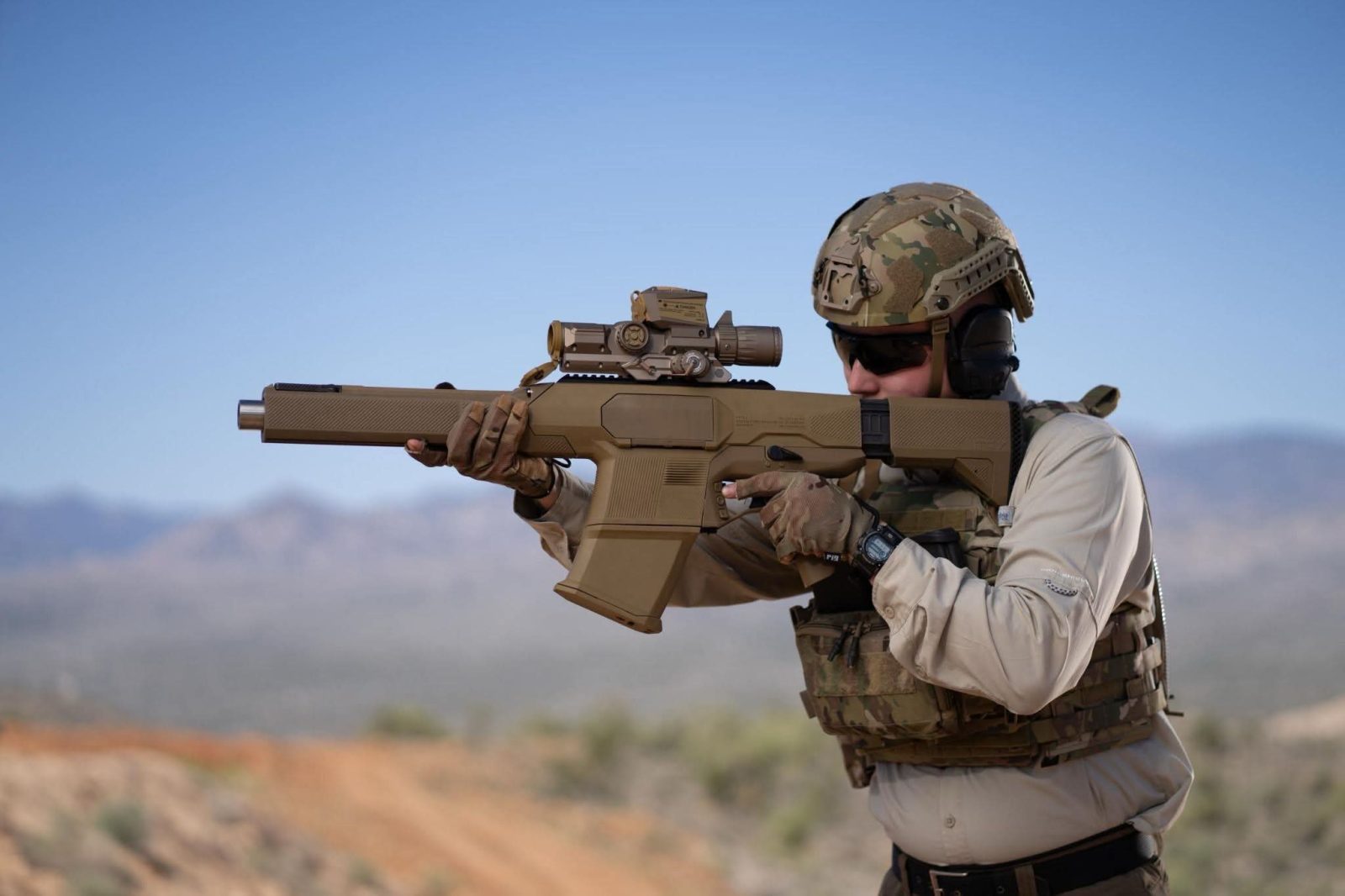The US Precision Grenadier System (PGS) is intended to be a next-generation, soldier-portable, shoulder-fired semi-automatic grenade launcher designed to radically increase squad-level lethality and tactical flexibility. It is meant to allow rapid precision engagement of targets behind cover, in open terrain, and in urbanized environments.
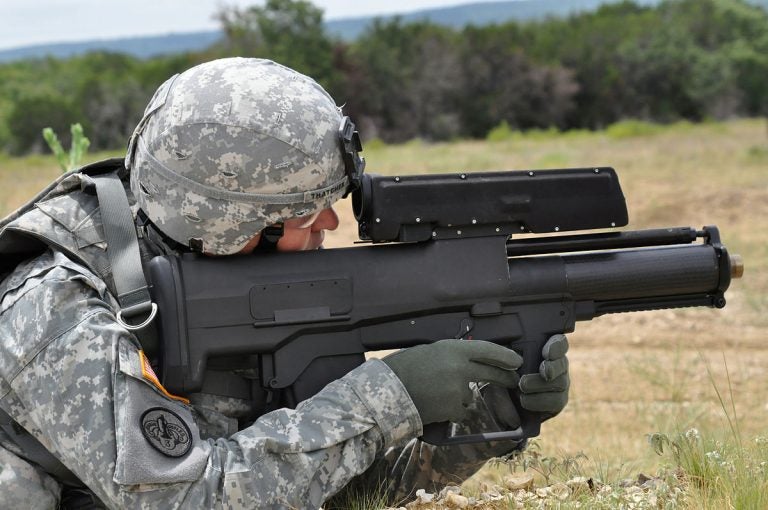
Purpose of the Precision Grenadier System
The PGS is intended to solve several critical gaps in infantry capability by enabling soldiers to defeat “defilade” targets (those behind cover), enemy combatants in close quarters, and light vehicles. It is also intended for defense against drones through the use of advanced programmable ammunition, especially high explosive air-bursting rounds, that can detonate at precise locations mid-flight.
The PGS leverages the Army’s XM157 optic from the Next-Generation Squad Weapons program, allowing the operator to program rounds for complex scenarios and maximize effects, and it is designed as a primary weapon that does not negatively impact soldier mobility.
Designed to use a new family of 25mm or 30mm ammunition tailored for a variety of missions (HE airburst, proximity fuse, close quarters battle, breaching, and anti-drone) it also offers substantially improved range (up to 500 meters) over existing 40mm systems like M203/M320), with more precision for greater lethality.
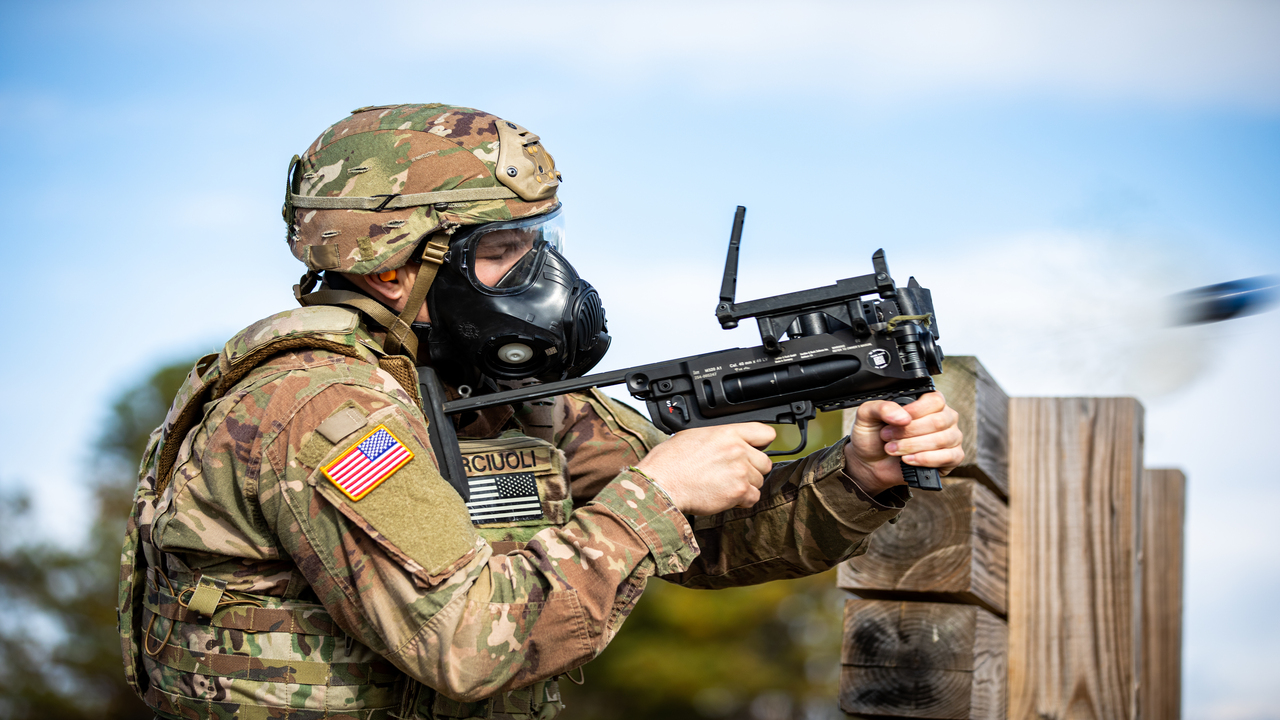
Current Status of the PGS Program
The PGS program is still in its advanced prototype and risk reduction phase, with extensive industry competitions running in parallel:
The US Army has selected FN America’s Multi-purpose Tactical Launcher 30mm (MTL-30) to move to the next phase of development, with a $2 million prototype contract awarded. The FN MTL-30 was designed in the U.S. and will be manufactured by FN America at its plant in South Carolina as a soldier-portable, semi-automatic, medium-velocity, flat trajectory grenade launcher that enables warfighters to engage targets at extended ranges with more effective payloads over existing systems.
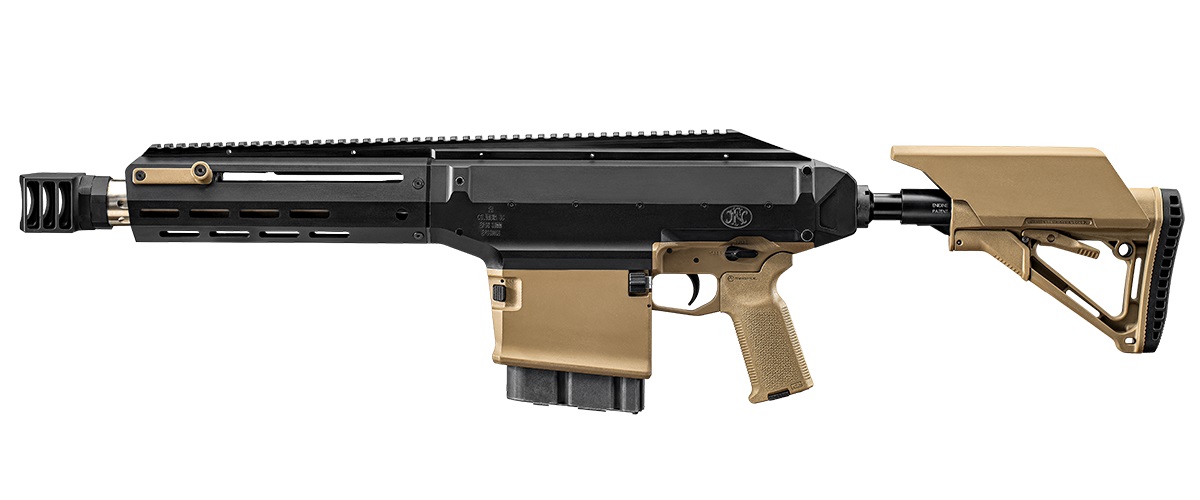
Northrop Grumman and Colt are also developing a 25mm system, leveraging lessons from the canceled XM25 “Punisher,” and have matured their program significantly.
Other contenders include Barrett (MARS) and Rheinmetall (SSW40), with prototype contracts awarded for multiple submissions.
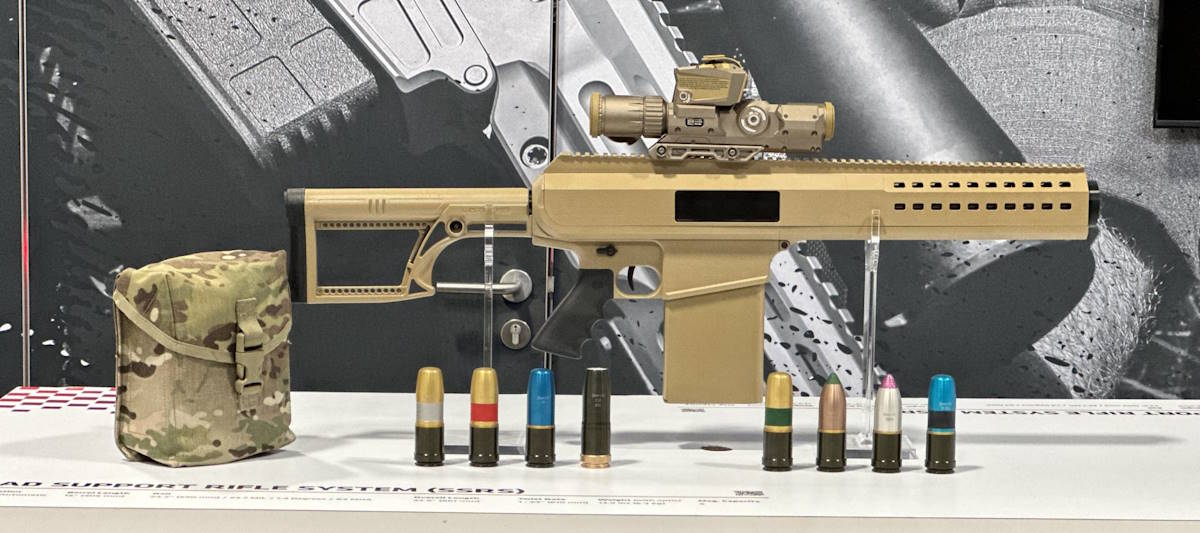
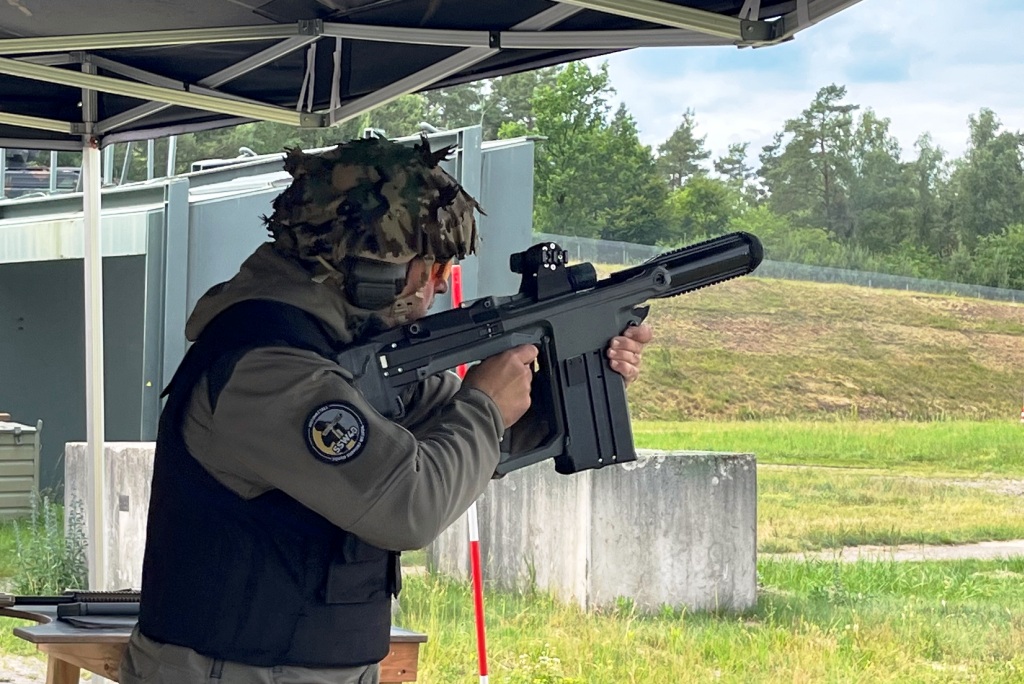
The selected launchers have met key criteria for effectiveness, manufacturability, and supportability, and are integrated into US Army priority modernization efforts as the service moves toward potential fielding timelines (with full-scale adoption still pending final evaluations and down-selects).
The PGS program represents a significant evolutionary leap, making advanced indirect and direct fire capabilities available at the squad level, enhancing battlefield overmatch and survivability in modern conflict scenarios.
